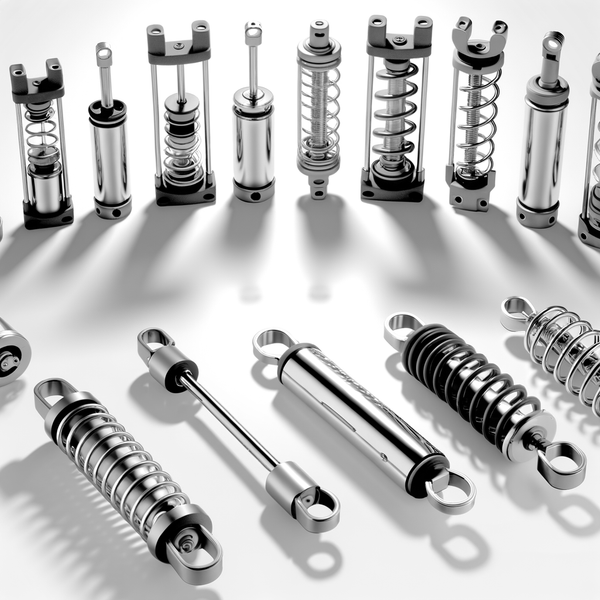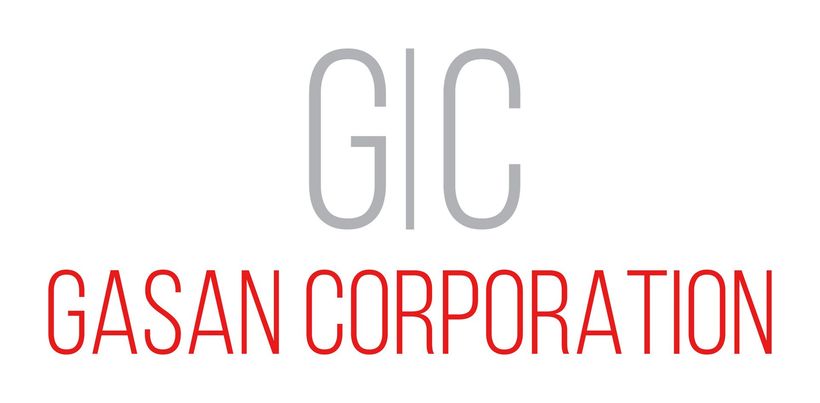Smoked Beef Entrecôte
This juicy steak is the chefs' favorite dish . Served best medium rare, with perfectly fried onion rings
Gas springs, also referred to as gas struts or gas dampers, are precision-engineered mechanical devices that utilize compressed gas as an energy storage medium to generate force and provide controlled motion or damping. These components are critical in various industries, including robotics, automotive engineering, aerospace, and industrial automation, where precision, reliability, and adaptability are paramount.
Robotics Applications
In robotics, gas springs are instrumental in enhancing operational efficiency and environmental adaptability. Notable implementations include:
Lifting and Counterbalancing: Gas springs can be deployed in robotic arms and exoskeletons to assist in lifting heavy payloads or maintaining structural stability. This reduces motor load and improves energy efficiency.
Vibration Isolation: By absorbing shocks and dampening vibrations, gas springs enhance the precision and stability of robotic systems operating in dynamic environments.
Adaptive Compliance: Incorporating gas springs into joint mechanisms or end-effectors enables robots to exhibit compliance, allowing safe and efficient interactions in unstructured environments.
Light Weight
_________________________________
High Durability
Emerging technologies integrate sensors and electronic controls into gas springs, enabling real-time force adjustments and predictive maintenance. These innovations are transforming traditional gas springs into intelligent components suitable for Industry 4.0 applications. Advances in materials science have led to the development of lightweight gas springs made from composite materials, offering higher corrosion resistance and longer service life, particularly in aerospace and marine environments.
Environmentally conscious manufacturing processes now emphasize recyclability and the use of eco-friendly materials in gas spring production. To maximize the performance and longevity of gas springs in industrial applications, engineers must carefully evaluate factors such as load characteristics, ambient temperature

Key For Optimal Integration
To maximize the performance and longevity of gas springs in industrial applications, engineers must carefully evaluate factors such as load characteristics, ambient temperature ranges, and the frequency of motion cycles. Computational modeling tools and finite element analysis (FEA) can assist in optimizing gas spring selection and integration for specific use cases.
